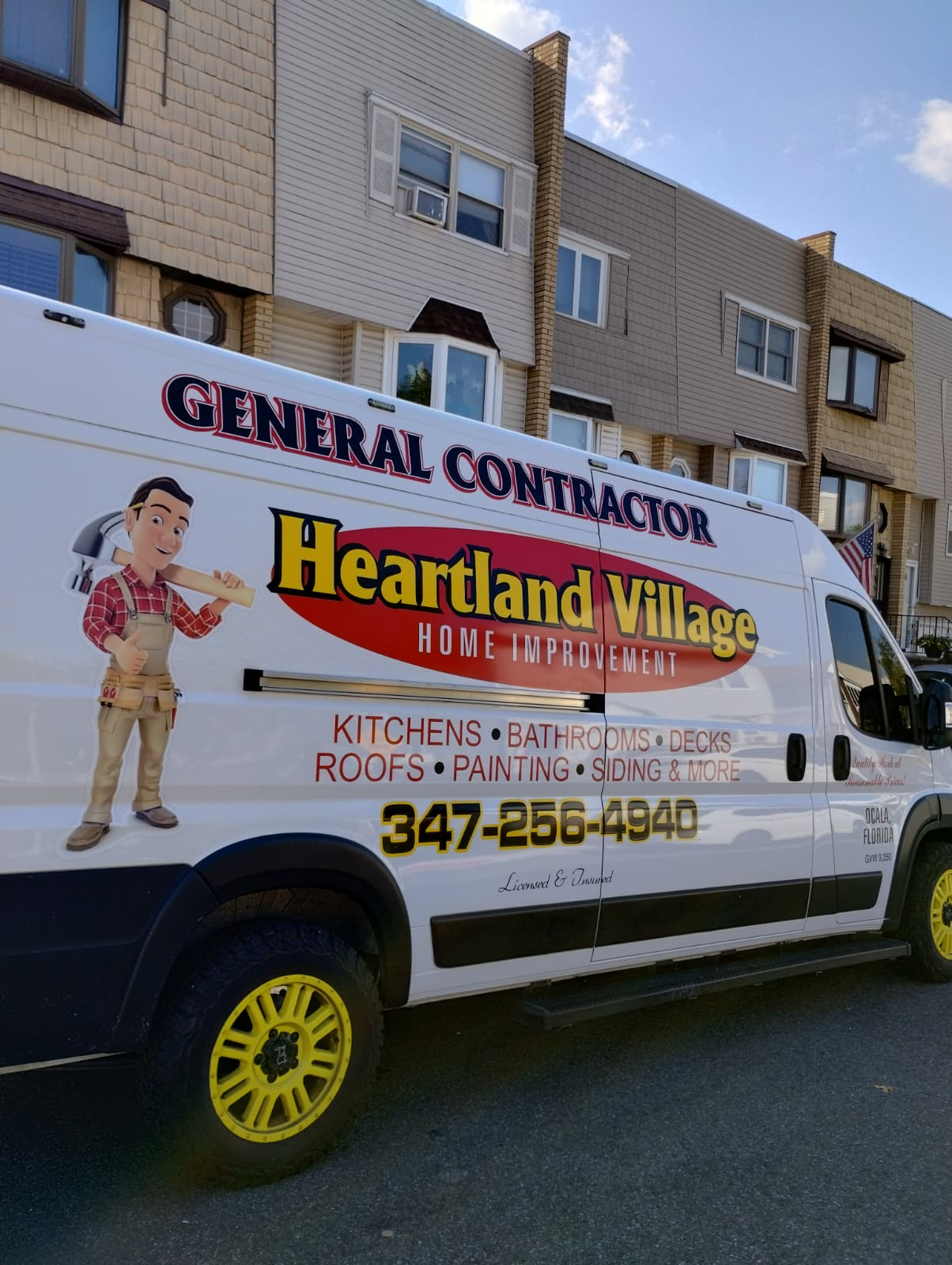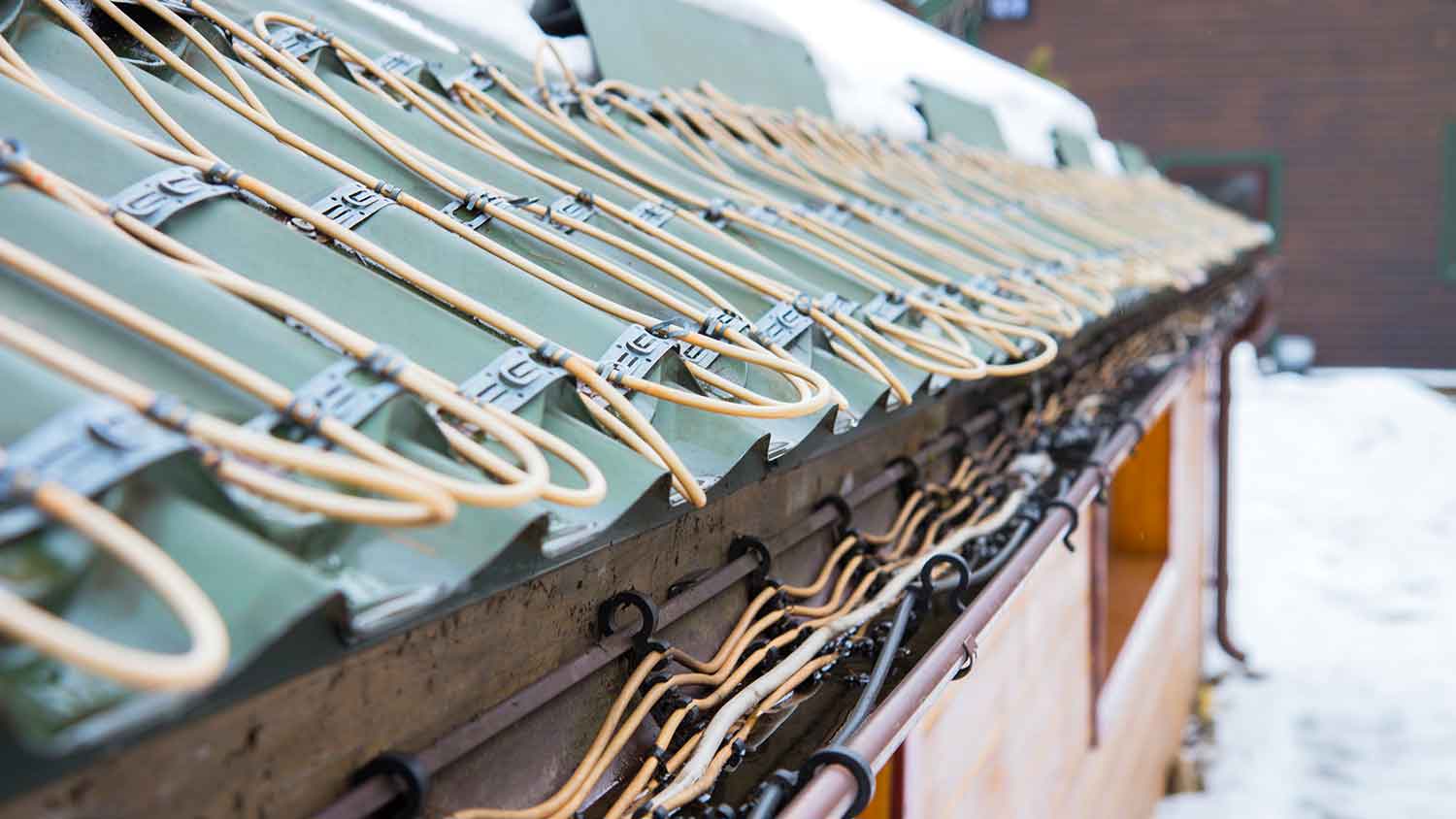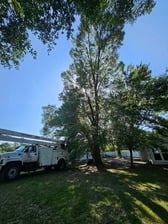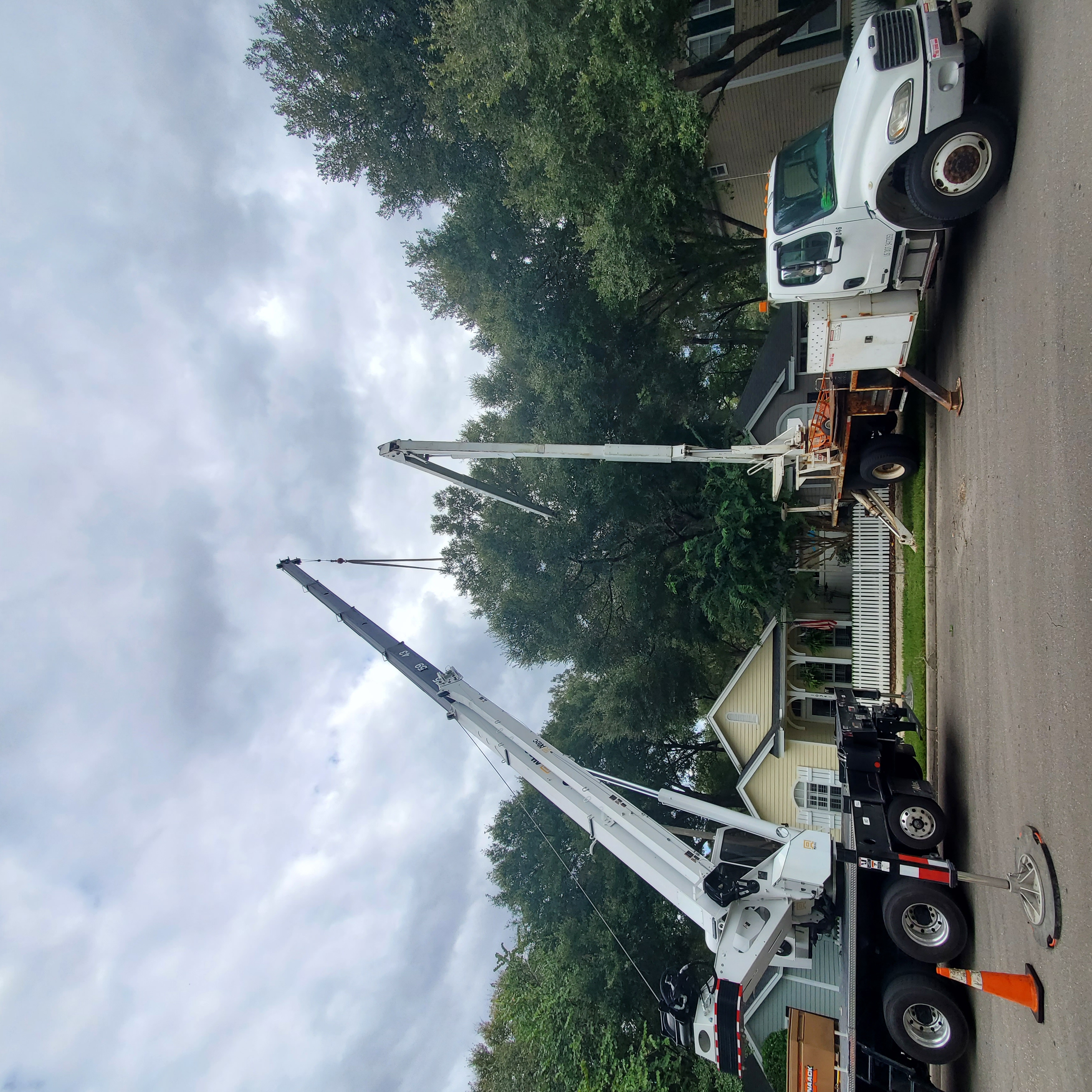
Get matched with top roof ice and snow removal pros in Starke, FL
Enter your zip and get matched with up to 5 pros
Need a pro for your roof ice and snow removal project in Starke, FL?
Verified Reviews for Roof Ice And Snow Removal pros in Starke, FL
*The Angi rating for Roof Ice And Snow Removal companies in Starke, FL is a rating based on verified reviews from our community of homeowners who have used these pros to meet their Roof Ice And Snow Removal needs.
*The HomeAdvisor rating for Roof Ice And Snow Removal companies in Starke, FL is a rating based on verified reviews from our community of homeowners who have used these pros to meet their Roof Ice And Snow Removal needs.
Last update on December 06, 2025
Find Roof ice and snow removal pros in Starke

Heartland Village General Contracting and Handyman Services
Heartland Village General Contracting and Handyman Services
WE ARE OPEN WITH SAFETY PRECAUTIONS ,,LICENSE AND INSURED NEW YORK,,NASSAU COUNTY,, NEW JERSEY AREAS, EPA LEAD CERTIFIED. We work with insurance claims With over 25 years of experience, Heartland Village Handyman Services is the top choice for Home Renovation and Repairs . We offer a full-range of Contracting Services including Remodeling,, Repairs, and virtually all phases of Home Improvement. We pride ourselves on customer satisfaction, and value our relationships. Proud recipient of the Angie's List Super Service Award Winner for 2016, 2017, and 2018, 2019, 2020, 2021, 2022 We offer affordable rates Give us a call today to schedule your free consultation
"I highly recommend this company Heartland Village General Contracting Handyman Services of Staten Island, N.Y. Harvey the owner & his excellent team were professional, punctual & attentative to every detail in building my beautiful handicap TREX brown boards & Grey metal railings ramp to my front door. This fantastic company also closed in my screen house for the rain & possibly snow cold winter months with this beautiful design of Plexiglass. His team also completed odd jobs of installing two door bells, replaced damaged tiles in my kitchen & installed tinting sheets on four kitchen windows which I love. Thank you Harvey & your professional team of excellence. Sue M. - Staten Island 9/12/25"
Sue M on September 2025
WE ARE OPEN WITH SAFETY PRECAUTIONS ,,LICENSE AND INSURED NEW YORK,,NASSAU COUNTY,, NEW JERSEY AREAS, EPA LEAD CERTIFIED. We work with insurance claims With over 25 years of experience, Heartland Village Handyman Services is the top choice for Home Renovation and Repairs . We offer a full-range of Contracting Services including Remodeling,, Repairs, and virtually all phases of Home Improvement. We pride ourselves on customer satisfaction, and value our relationships. Proud recipient of the Angie's List Super Service Award Winner for 2016, 2017, and 2018, 2019, 2020, 2021, 2022 We offer affordable rates Give us a call today to schedule your free consultation
"I highly recommend this company Heartland Village General Contracting Handyman Services of Staten Island, N.Y. Harvey the owner & his excellent team were professional, punctual & attentative to every detail in building my beautiful handicap TREX brown boards & Grey metal railings ramp to my front door. This fantastic company also closed in my screen house for the rain & possibly snow cold winter months with this beautiful design of Plexiglass. His team also completed odd jobs of installing two door bells, replaced damaged tiles in my kitchen & installed tinting sheets on four kitchen windows which I love. Thank you Harvey & your professional team of excellence. Sue M. - Staten Island 9/12/25"
Sue M on September 2025
The Starke, FL homeowners’ guide to roof ice and snow removal services
From average costs to expert advice, get all the answers you need to get your job done.
 •
•Discover the average cost of roof snow removal, key price factors, and ways to save. Get transparent estimates to protect your home this winter.
 •
•Discover the average roof heating cable installation cost, key price factors, and how to budget for your project. Learn how to save and what to expect.

In areas that see heavy snowfall, understanding how to install snow guards on a metal roof is important for protecting people, property, and the roof itself.

Should I remove snow from my roof? This is a common question for homeowners during the colder months. Find out when and how to tackle the job safely this winter.

An ice and water shield can protect your roof and save you the headache of premature roof replacement. Learn everything you must know about the shield.

Ice dams can seriously damage your roof and home. Learn what causes them and how to prevent ice dams from forming this winter.
- Middleburg, FL Roof ice and snow removal pros
- Lakeside, FL Roof ice and snow removal pros
- Green Cove Springs, FL Roof ice and snow removal pros
- Macclenny, FL Roof ice and snow removal pros
- Orange Park, FL Roof ice and snow removal pros
- Fleming Island, FL Roof ice and snow removal pros
- Fruit Cove, FL Roof ice and snow removal pros
- Bryceville, FL Roof ice and snow removal pros




